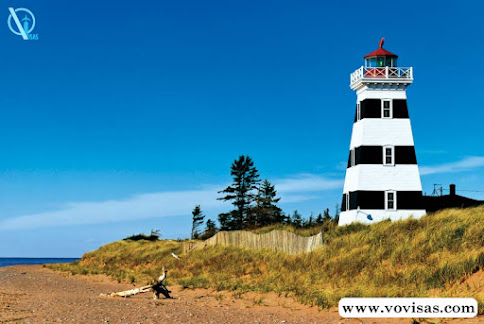How does the Provincial Nominee Program work
There are more than 80 PNP trends designed to attract workers, graduates and entrepreneurs. PNP is offered in all provinces and territories except Nunavut and Quebec (which operate their own economy class programs). Each plan is based on the province's different labor needs.
Why does Canada need provincial
nomination?
Immigrating to Canada is a shared responsibility of the federal and provincial governments. For most of Canadian history, however, the provinces did not have much influence. This has resulted in newcomers to Canada mainly settling in Ontario, British Columbia and Quebec.
Rural Canada, Prairie Provinces and Atlantic Provinces do not benefit from immigration. The PNP was introduced to provide Canadian jurisdictions with the tools to attract and retain more newcomers. It has proven successful and is Canada's premier business class course in 2022 and 2023.
How does it work?
· Base PNP stream nomination
· Enhanced PNP stream nomination
The first is through the base PNP stream. This is the case when candidates apply directly for PNP stream,The province reviews applications to ensure all eligibility criteria for the PNP stream are met and, where applicable, issues nomination letters to candidates. From here, candidates must apply to IRCC for permanent residency. Currently, candidates choosing the Basic PNP to immigrate to Canada can expect the permanent residence application process to take an average of 27 months, according to IRCC.
Enhanced PNP stream nomination:
The second way to obtain permanent residency through the PNP is through an enhanced nomination. The PNP Advanced Process is aligned with the Federal Express Entry Application Management System.
Candidates eligible for Express Entry programs such as the Federal Skilled Worker Program (FSWP), Federal Skilled Trades Program (FSTP) and Canadian Experience Class (CEC) may increase their chances of receiving an Invitation to Apply (ITA). By obtaining a provincial nomination.
When a candidate creates their online Express Entry profile, the provincial government can review and determine if the candidate is a good fit for the province. Express Entry candidates can also indicate in their profile whether they would like to settle in a particular province. This could result in a province issuing a letter of intent for a candidate, which means that candidate will be invited to apply for a provincial nomination.
If the candidate accepts, then they will apply to the province. If they meet all program criteria, they will receive a letter of nomination and automatically receive 600 points in the Comprehensive Ranking System (CRS). This guarantees as good an ITA as IRCC and increases the chances of permanent residency. The processing standard for Express Entry applications is six months.
The benefits of the PNP
Canada's 80+ PNP categories offer candidates more opportunities to obtain permanent residency than ever before. The selection criteria are broad and there are many options to choose from, suitable for candidates with different human capital characteristics, such as age, education, language skills or work experience. Research also shows that the PNP helps facilitate the economic establishment of newcomers.
The PNP has proven to be a successful method of attracting skilled labor to provinces that have historically not had large immigrant populations, such as the Prairie and Atlantic provinces. By offering specialized training pathways at the provincial level, such as the recently announced Saskatchewan Health Workers Program, provinces can fill labor gaps while providing newcomers with skilled occupations.
In larger provinces such as Alberta, Ontario, and British Columbia, where immigration rates are already high, the PNP helps address specific provincial labor market needs in industries such as technology and healthcare.

.jpg)


Comments
Post a Comment